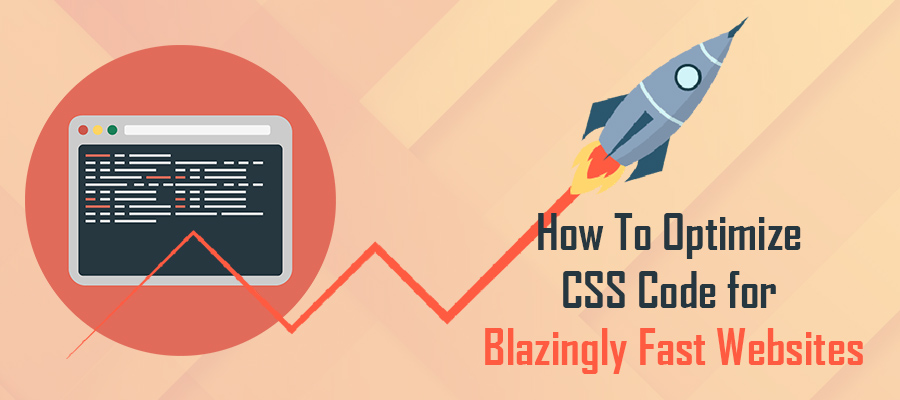 Struggling with a slow website? Are you tired of having to wait for the visual design of your site to render? Throughout the internet, millions of websites struggle to keep up with the performance demands of users and search engine crawlers. While there are dozens, if not hundreds, of reasons why your website could be operating so slow, when was the last time you considered the culprit may not be your web host, but rather, your CSS file?
Struggling with a slow website? Are you tired of having to wait for the visual design of your site to render? Throughout the internet, millions of websites struggle to keep up with the performance demands of users and search engine crawlers. While there are dozens, if not hundreds, of reasons why your website could be operating so slow, when was the last time you considered the culprit may not be your web host, but rather, your CSS file?
For those who are new to the realm of website ownership, understanding the relationship between CSS and website performance isn’t at the top of their list of priorities. This is especially true when operating a WordPress site. Because so much of website ownership has entered the realm of automation, it’s easy to forget the full operation of your site isn’t due to one specific component, but rather, the collaboration between a variety of front and back-end files.
While you may think the culprit of your sluggish website is some other server-related issue, in many cases, the cause of slow-loading visual elements is due to a messy, complex and improperly organized CSS stylesheet. While optimizing CSS code isn’t the easiest, it’s also not the most difficult as long as you hold a general understanding of how this code works within your site.
The following optimization tips are considered best practices for all websites. Use this information to help refine and create blazingly fast websites.
Tip #1 | Image Sprites
Perhaps one of the oldest techniques when it comes to optimizing your CSS code, image sprites reduce CSS file size, which ultimately boosts overall page rendering speed. So, what exactly is an image sprite? Essentially, it’s a coding technique that places all of your images listed within the CSS stylesheet into a single PNG file. While this one file is quite large, it boosts page response time because it limits the number of HTTP requests, which is a major factor when optimizing your sites for blazingly fast websites for mobile and desktop page loading. Use this technique if you have a decent number of graphics and icons within your site.
Tip #2 | Minify CSS File
Since Google announced their intention to start looking at mobile site design as the primary page for websites, rather than desktop sites, the age of small files has officially begun. Therefore, one of the most important ways you can optimize your website is to minify your CSS code. Essentially, this compresses your code by creating a new file with minimal (almost no) whitespace. Thankfully, this process doesn’t need to be done by hand. You can use an online tool, such as CSSMinifier.com, to automatically transform, or minify, your CSS files.
Tip #3 | First, CSS – Last, JavaScript
When writing your website, make sure to always place your CSS stylesheet within the tags in your HTML document. JavaScript should always be placed last. The reason for this is because when a web browser reads and renders a website, it starts from the bottom and executes actions as it goes down. CSS should be first as it instructs the visual design of your site, but JavaScript should always go last because this code often takes substantial time to load. The wrong order could prevent fast websites from operating at their best.


